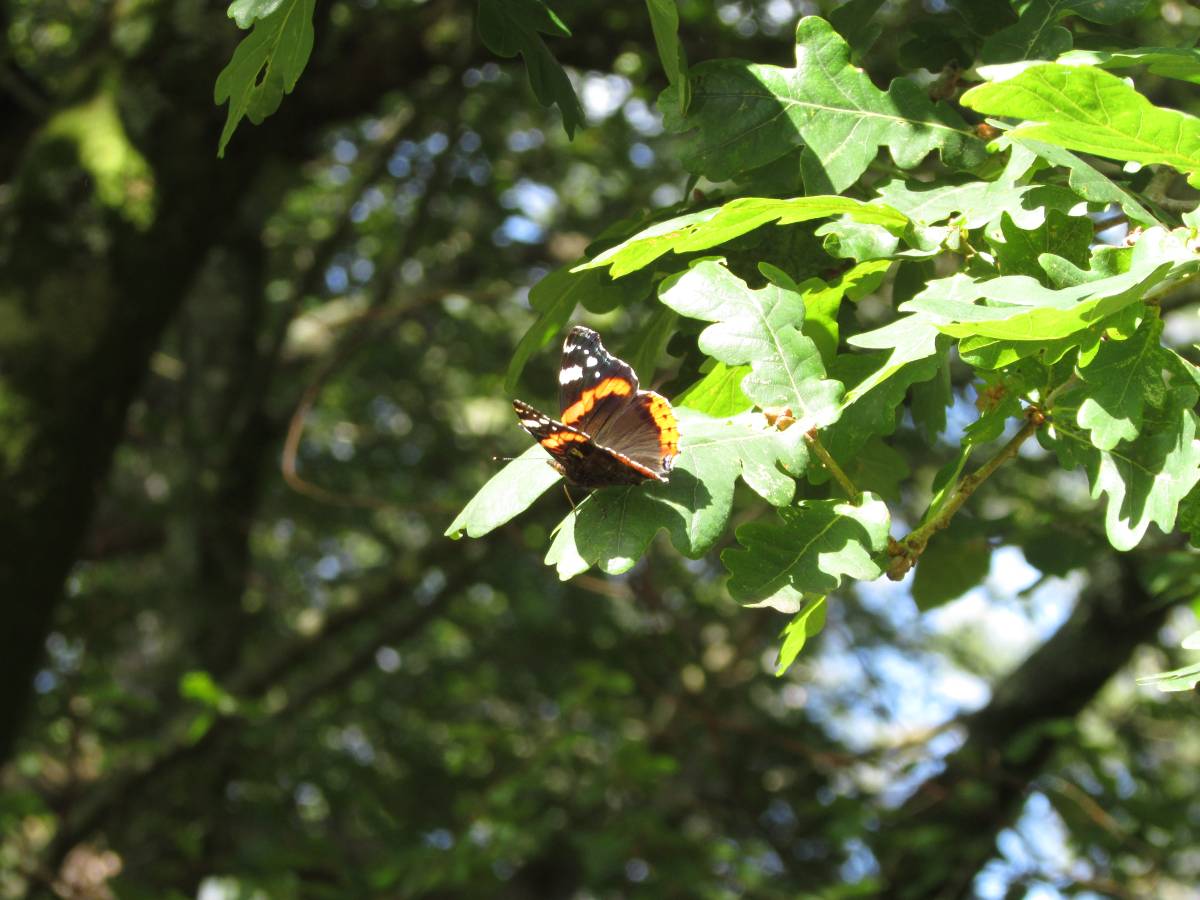Net Benefit for Biodiversity
If you are looking at getting planning permission, you may have encountered the phrase ‘Net Benefit for Biodiversity’. Here, we have provided a summary of the policy, its importance, and what it means for you and your planning in practical terms.
Welsh Net Benefit for Biodiversity Policy: A Commitment to Nature and Ecosystem Resilience
Wales’ national planning policy emphasises that every new development must deliver a net benefit for biodiversity, ensuring that habitats and wildlife populations are protected and enhanced. This approach requires developments to leave biodiversity and ecosystems in a better condition than before they start. Ideally, this is achieved by enhancing or creating habitats on the development site itself, with long-term maintenance. If on-site improvements are not feasible, off-site habitat creation can be considered.
The core principle goes beyond simple mitigation or compensation for lost habitats. Instead, it mandates that any benefits for nature must provide additional value, enhancing ecosystems rather than merely replacing what has been lost.
Unlike the Biodiversity Net Gain framework in England, which specifies a 10% biodiversity improvement maintained for at least 30 years, Welsh policy allows local planning authorities to determine appropriate and proportionate measures for each development.
The Importance of Biodiversity in Wales
Biodiversity encompasses the vast variety of plant and animal life, including their genetic diversity and the ecosystems they inhabit. Healthy, resilient ecosystems are essential for providing vital resources such as food, clean water, and air, as well as protecting communities from threats like climate change and flooding.
The Welsh approach also emphasises the importance of promoting ecosystem resilience, as highlighted by the Section 6 Biodiversity Duty under the Environment (Wales) Act 2016. This requires public bodies to maintain and enhance biodiversity and foster resilient ecosystems when performing their duties.
In practical terms, planning applications must assess and seek to enhance the diversity, condition, extent, and connectivity of ecosystems both on and around the development site to support Wales’ long-term environmental health and resilience.
By prioritising biodiversity, Wales is fostering a sustainable future where people and nature thrive together.
What does this mean for you and your planning application?
A Green Infrastructure Statement is a document that demonstrates how a development will contribute to enhancing biodiversity and ecosystem resilience. Prepared by professionals such as architects, landscape architects, or ecologists, this report outlines the strategies and measures a project will implement to support green infrastructure and ensure a net benefit for biodiversity. It may include details about habitat creation, green spaces, wildlife corridors, and long-term management plans. For many projects, submitting a Green Infrastructure Statement alongside your planning application is a requirement, reinforcing the commitment to sustainable and ecologically responsible development practices.
Have you been asked for a Green Infrastructure Statement? Get in touch! We have experience in preparing such documents and are happy to help.




